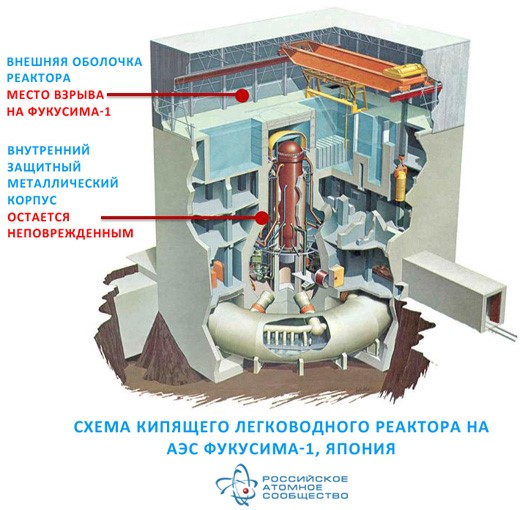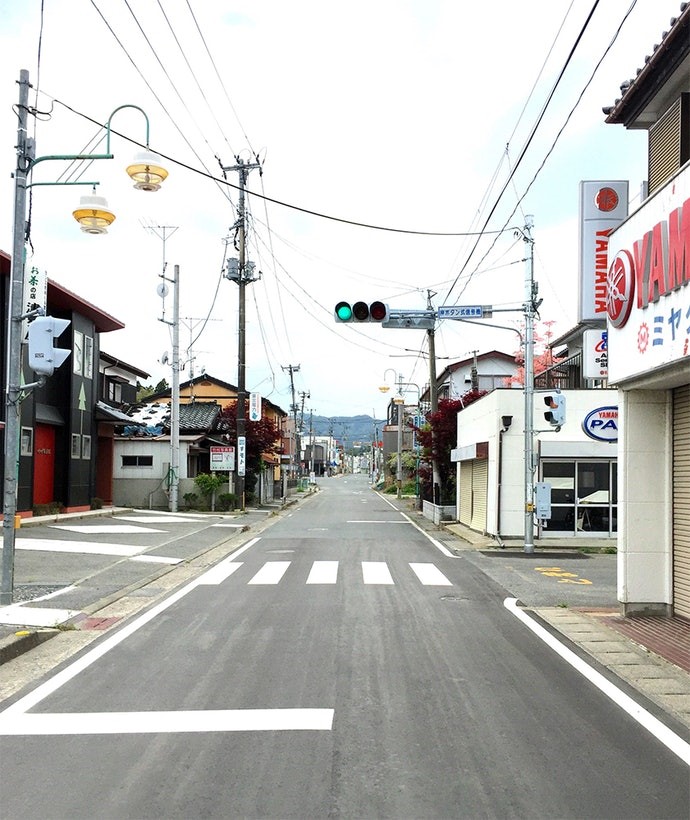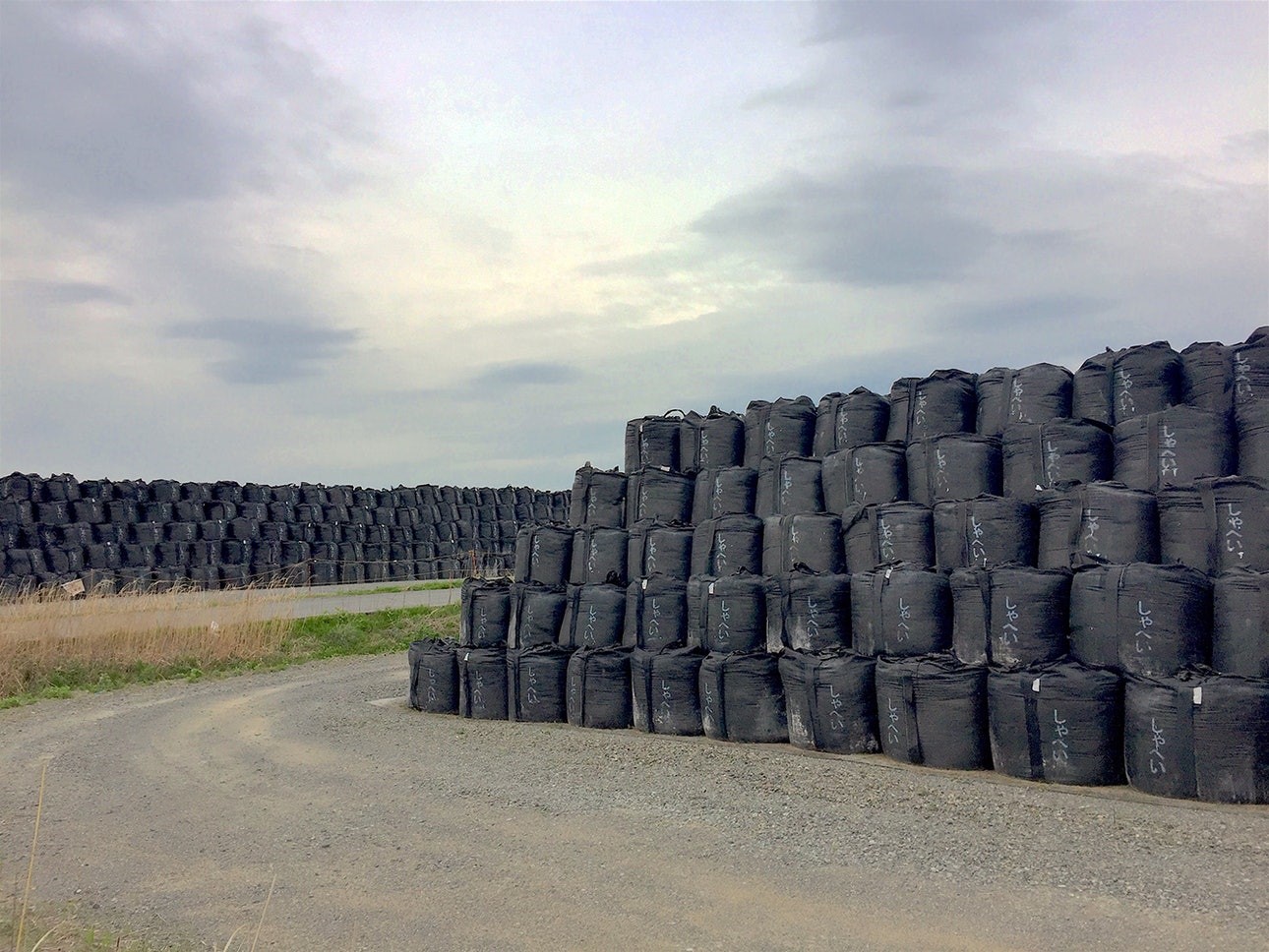March 11 marks the 10th anniversary of the Great Japanese Earthquake. It happened off the northeastern coast of the island of Honshu, reached a force of 9 on the Richter scale and will remain in history for a long time as a natural disaster that provoked the worst accident at the Fukushima-1 nuclear power plant.
In 2019, HBO released the sensational series "Chernobyl", which demonstrated that radioactive contamination is a relevant topic to this day and the only one that can be genrely described as "post-apocalypse today." The tragedy of Fukushima is still waiting for its director and its Svetlana Aleksievich , although it is quite comparable with Chernobyl in scale, and by coincidence of fatal circumstances, it may even surpass it. Moreover, Japan is the first country to have experienced radioactive contamination, but at the same time critically dependent on nuclear energy.
Chronology of events
On March 11, 2011, at about 15.00 local time, tremors began in the northeastern part of Honshu Island and a tsunami threat was reported. The source of the earthquake was in the ocean at a depth of about 24 kilometers, and its strength was up to 9.1 on the Richter scale. This earthquake turned out to be the most powerful in the entire history of observations (about 140 years) and was named "The Great Earthquake of Eastern Japan ". The tsunami that hit the shores of Miyagi prefecture reached a height of 35 meters and more, and the survival limit was 20 minutes - that is, those who found shelter from the wave in the first 20 minutes after the warning were able to escape. The millionth city of Sendai (Miyagi Prefecture) was flooded in a matter of minutes, this is how its airport looked like:

16 000 , : . -1, -2, .
, . 2019 , Nippon.com, :

54 , 30% . -1 TEPCO, 1971 . , «» ( 1966 ), 1966 . , 2011 :
-1: 1-3, . , 1-3 . , , 5 6 .
-2: 16
: , 13 1 , .
: .
5 6 -1 17 2013 , , . ; 2018 TEPCO .
12 15 2011 . ; , , , , . - 1 3 . 12 15.36 ( ), 14 11.01 15 6.10 – . 15 , 17 6,1 , 18 – 4,7 .
, «». (), , , . 24 2011 TEPCO 1, 2 3. , , . , .

( 2016 ) , TEPCO , , .
. 2019 . 514 52 . , TEPCO . 2021 , , . - 2021 ( ), — 2021 — .
, :

, . , , :

40 – , , , 2017 2023, 2028 , . 1150 ( 12 ), « », , 269 . , 2018 , -1 – 2016 . 2011 , , , 1300 , 16 000 2 500 , .
.
, , «» . : 2011 8 , , . , – 1995 , . 2018 , 2023 . , 2019 , Westinghouse « » . , «» , .
, , . , , . 14 2011 , , . .
, , . 2020 441 , 53, . , , , . , : 2009 , 2020 .
It is assumed that by 2050 the demand for nuclear power will increase so much that the increase in production could reach + 42% in the conservative scenario and up to 164% if carbon neutrality is achieved (Net Zero scenario). Thus, the Fukushima tragedy only showed us another important pain point in nuclear power - the vulnerability of cooling systems and the inevitability of a meltdown in the event of negative developments. But until the advent of controlled thermonuclear fusion, the abandonment of nuclear power or its significant phasing out remains beyond our capabilities.